How Does a Rain Barrel Diverter Work? A 2025 Guide to Rain Barrel Diverter
Wondering how does rain barrel diverter work? This device channels rainwater from your gutters into a storage barrel and then redirects overflow back through the downspout. It ensures efficient water collection and prevents flooding. Keep reading to learn more.
Key Takeaways
-
Rain barrel diverters efficiently capture and redirect rainwater from gutters into barrels for storage, facilitating water conservation and reducing reliance on municipal sources.
-
Automatic diverters manage overflow, redirecting excess water back through downspouts to prevent flooding, while also promoting a healthier environment by minimizing mosquito breeding.
-
Proper installation and maintenance, including regular cleaning and balancing inflow and outflow rates, are essential for the optimal functioning of a rain barrel system.
Understanding Rain Barrel Diverters
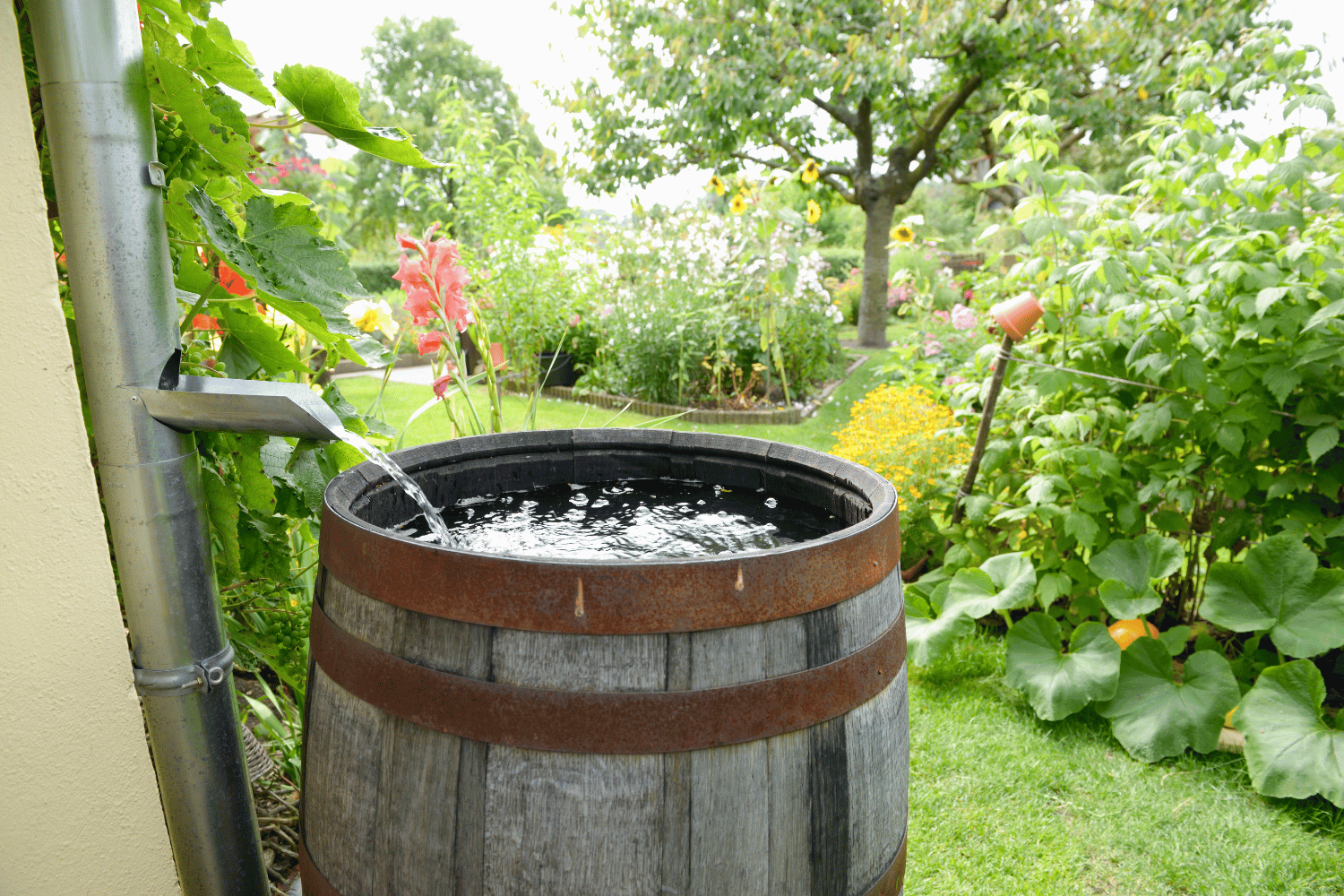
Rain barrel diverters are essential components in a rainwater harvesting system. They are designed to redirect rainwater from your roof’s gutter system into storage barrels, allowing you to collect and store rainwater for various uses like gardening, washing cars, or even emergency water supply. These diverters work by channeling water into the barrels until they are full and then redirecting excess water back through the downspout to prevent overflow. Rain barrel diverters protect against overflow and ensure efficient water collection. Visit the rain barrel depot for more options.
Understanding the different types of rain barrel diverters, their workings, and benefits is crucial for anyone looking to set up an effective rainwater harvesting system. From the basic functionality to the various types and their specific advantages, a deep dive into these aspects will provide a comprehensive overview of why rain barrel diverters are a smart choice for sustainable living.
What is a Rain Barrel Diverter?
A rain barrel diverter is a device that captures rainwater from your roof’s drainage system and directs it into a rain barrel for storage. This system is typically connected to your gutter downspout, ensuring that as rainwater flows through the gutters, it is funneled into the barrel until it reaches full capacity. Once the rain barrel fills, the best rain barrel diverter automatically redirects any excess water away from your home’s foundation to prevent flooding.
Rain barrel diverters are usually made from durable rubberized materials and include various components such as rainwater funnels and leaf eaters. The rainwater funnel increases the surface area for collection, while the leaf eater prevents debris from clogging the system, ensuring that only clean water enters the barrel.
Types of Rain Barrel Diverters
Rain barrel diverters come in several types, each offering unique functionalities to suit different needs. Automatic diverters are designed to seamlessly redirect water into the barrel and manage overflow without manual intervention, making them an excellent choice for those seeking a low-maintenance solution. Manual diverters, on the other hand, require users to manually switch the flow of water, giving them more control over when and how much water is collected.
There are also DIY options for the handy homeowner who prefers a more customized setup. Some diverter kits feature a selector valve, allowing you to control the direction of water flow, and flexible-fit options that can accommodate various downspout diverters sizes for a more tailored installation.
Benefits of Using Rain Barrel Diverters
The benefits of using rain barrel diverters are manifold. One of the primary advantages is water conservation. For instance, a 1,000-square-foot roof can shed approximately 620 gallons of water during a 1-inch rainfall, which can be collected and used for various purposes. This not only conserves a valuable resource but also reduces your reliance on municipal water, leading to significant cost savings.
Additionally, rain barrel diverters help prevent mosquito breeding by creating a closed system, which reduces stagnant water where mosquitoes typically breed. This makes your garden and outdoor spaces more enjoyable and healthier, free from the nuisance and health risks posed by mosquitoes.
How Rain Barrel Diverters Work
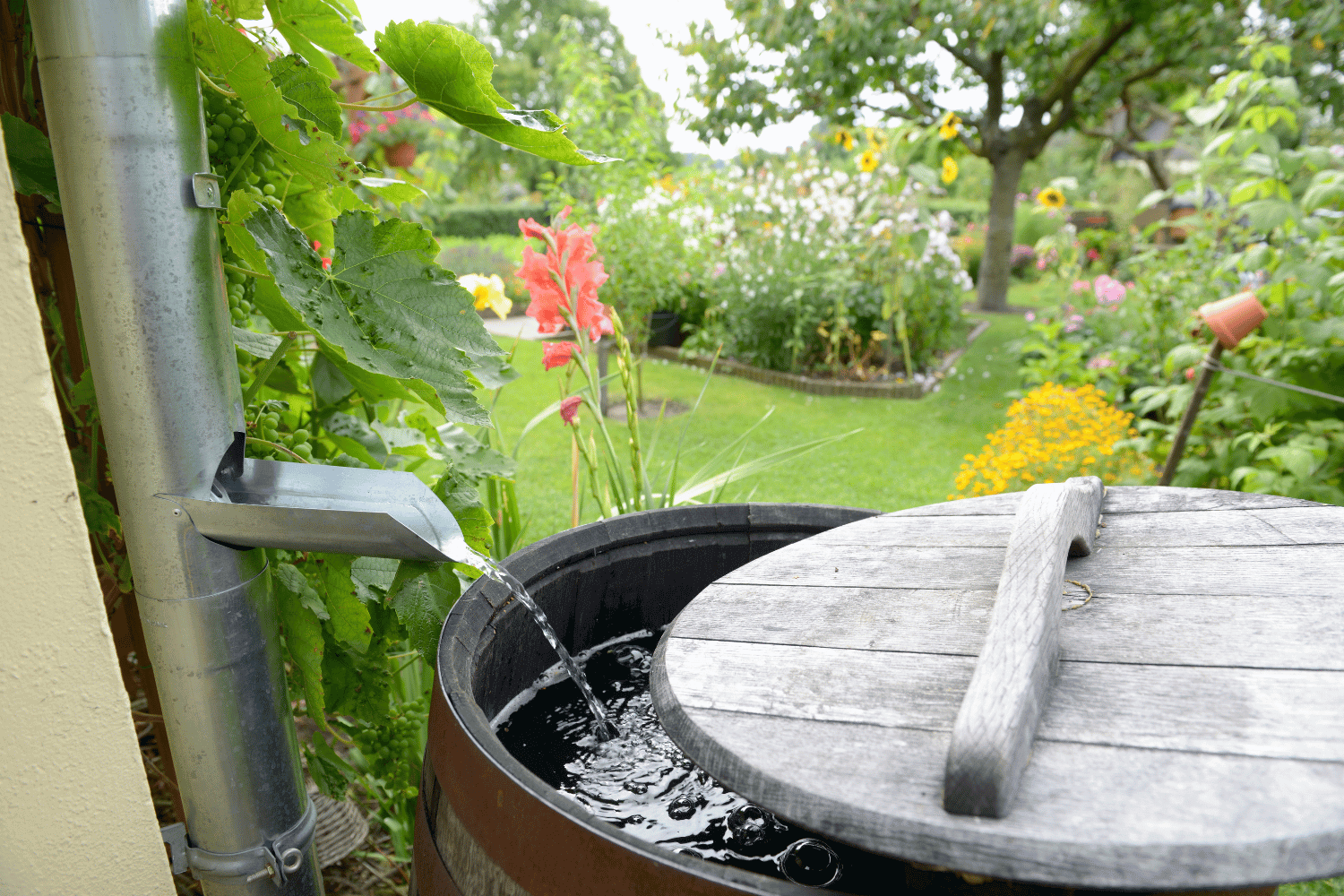
Rain barrel diverters function by utilizing flexible, rubberized materials to effectively redirect water from downspouts into storage barrels. The installation is straightforward, often requiring just a hole drilled into the downspout, eliminating the need for cutting or extensive modifications. Calibrating the height of the rain barrel and rain barrel downspout diverter meticulously prevents overflow and ensures efficient water collection.
The technical aspects of how these diverters work involve principles of surface tension, automatic overflow management, and maintaining balanced inflow and outflow. Understanding these mechanisms allows you to optimize your rainwater harvesting system for maximum efficiency and reliability.
The Role of Surface Tension in Water Flow
Surface tension plays a crucial role in how water flows through a rain barrel diverter. Water naturally clings to the interior walls of the downspout due to surface tension, which helps direct it towards the diverter. Once inside the diverter, water collects in an interior reservoir before swiftly flowing through the inlet hose into the storage barrel.
Ensuring a tight seal when installing the diverter is vital to prevent leaks and ensure proper water flow. This seal ensures that all water entering the system is efficiently directed into the rain barrel, maximizing collection and minimizing waste.
Automatic Overflow Management
Automatic overflow management is a significant feature of modern rain barrel diverters. Once the rain barrel reaches its full capacity, the diverter automatically redirects excess water back through the downspout, preventing overflow and potential damage to your home’s foundation. This system provides a ‘set-it-and-forget-it’ solution, requiring no manual intervention once installed.
By ensuring that excess rainwater flows down the downspout instead of backing up, automatic overflow management contributes to efficient water collection and protects your property from water damage.
Ensuring Efficient Inflow and Outflow
Maintaining a balanced inflow and outflow in your rain barrel system is essential for its efficiency. A well-installed diverter ensures that the rates of water entering and exiting the system are balanced, preventing excessive overflow during heavy rains. Regular cleaning of gutters and rain barrels, especially before seasonal rains, is crucial to prevent blockages and ensure optimal water flow.
When customizing your system with extra diverters or connecting multiple barrels, it’s important to calibrate the inflow rate to match the system’s capacity, ensuring a smooth and efficient operation.
Installation Process
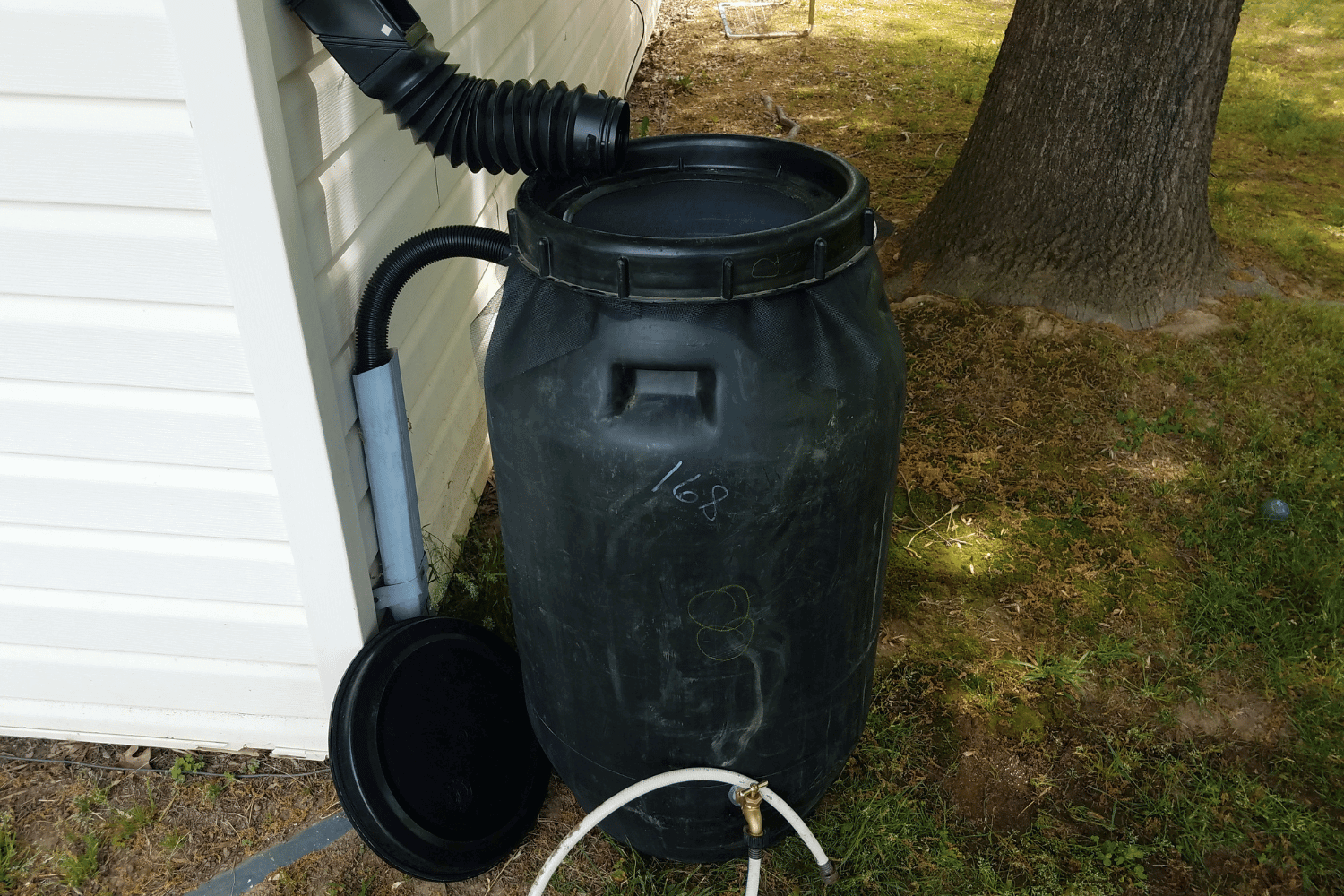
Installing a rain barrel diverter is a straightforward process that can be completed with a few basic tools and materials. These diverters are crucial for redirecting rainwater from downspouts into storage barrels, aiding in water conservation and reducing stormwater runoff. However, positioning the diverter incorrectly, such as too high on the downspout, can lead to constant overflow issues, as it won’t redirect water back into the gutter system effectively.
To ensure a successful installation, it’s essential to gather the right tools and materials, follow a step-by-step guide, and be aware of common mistakes to avoid. This will help you set up a rainwater harvesting system that functions efficiently and reliably.
Tools and Materials Needed
The essential materials for installing a rain barrel system include a rain barrel, a downspout diverter kit, a spigot, an overflow hose, and waterproof caulking. Additionally, you’ll need tools such as a drill, hole saw, pliers, screwdriver, and utility knife. Many DIY rain barrel kits come with specialized hole saws for creating inlet holes in downspouts, making the process even easier.
Self-tapping screws are typically included in installation kits, ensuring that diverters are securely fastened to the downspouts, providing a stable and leak-free connection.
Step-by-Step Installation Guide
Start by drilling a hole in the downspout where you want to install the diverter. Make sure the hole is clean and smooth to ensure a good fit for the diverter. Insert the diverter into the hole and secure it with self-tapping screws. Ensure that the inflow rate matches the system’s fill rate to prevent any overflow issues.
Start by listing some forbidden forms of the keyword “hose connection” according to the rule 5. Next, attach the inlet hose connection to the diverter and ensure it remains level for proper water flow into the rain barrel. Finally, connect the overflow hose to the rain barrel to manage excess water and prevent flooding during heavy rains.
Common Installation Mistakes to Avoid
One common mistake is failing to maintain a level inlet hose, which can lead to poor water flow and potential overflow issues in the rain barrel system. Another frequent error is not elevating the rain barrel, which can make it difficult to access the spigot for filling containers.
Improper sealing of connections can cause leaks, compromising the system’s functionality. Ensuring that all connections are tightly sealed with waterproof caulk can prevent these issues and ensure an efficient rainwater collection system.
Enhancing Your Rain Barrel System
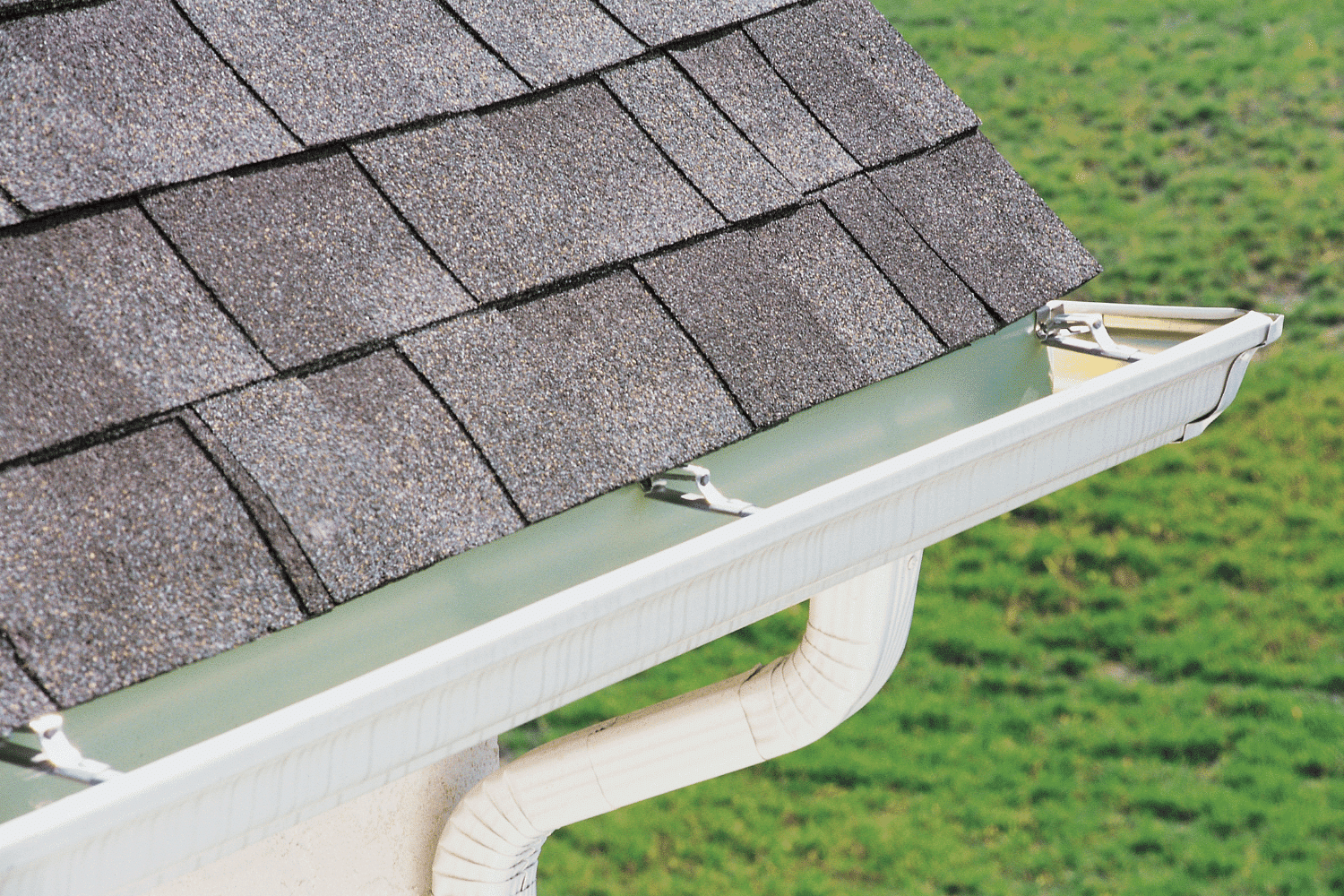
Enhancing your rain barrel system can significantly improve its efficiency and functionality. Regular checks and maintenance during different seasons are essential to maintain the system’s performance and longevity. Utilizing gravity effectively can help manage water pressure, reducing the need for additional pumps. Ensuring that the water level in the rain barrel is higher than the end of any attached hoses will ensure proper water flow.
Connecting multiple barrels, using leaf eaters and debris filters, and following seasonal maintenance tips create a robust rainwater collection system that maximizes water conservation and meets your household needs.
Connecting Multiple Barrels
Connecting more than one rain barrel can significantly boost your overall water storage capacity. This is particularly useful in areas with high rainfall or for households with larger water needs. Balancing inflow and overflow improves the system’s ability to manage water effectively. Using multiple downspouts and customization options can enhance the inflow for rain barrels.
In a connected system, a second diverter can be used to capture overflow from the first diverter, optimizing water conservation efforts.
Using Leaf Eaters and Debris Filters
Leaf eaters serve as effective pre-filters, preventing debris from entering rain barrels and ensuring cleaner water storage. Leaf eaters block leaves and larger debris, helping maintain the quality of collected rainwater.
Debris filters can also play a crucial role in preventing leaves and other materials from clogging the rain barrel system, aiding in the efficiency of water flow. Using both leaf eaters and debris filters ensures a comprehensive approach to maintaining clean water and enhancing the overall performance of your rainwater collection system.
Seasonal Maintenance Tips
Seasonal maintenance is crucial for the long-term efficiency of your rain barrel system. Regularly checking for small leaves and debris in the elbow of the diverter ensures it remains functional. A common tip is to clean the diverter and gutters before heavy rains to prevent blockages.
Balanced inflow is essential to optimize water collection and prevent overflow issues. Regular maintenance helps keep the system running smoothly and efficiently, especially during the rainy season.
Troubleshooting Common Issues
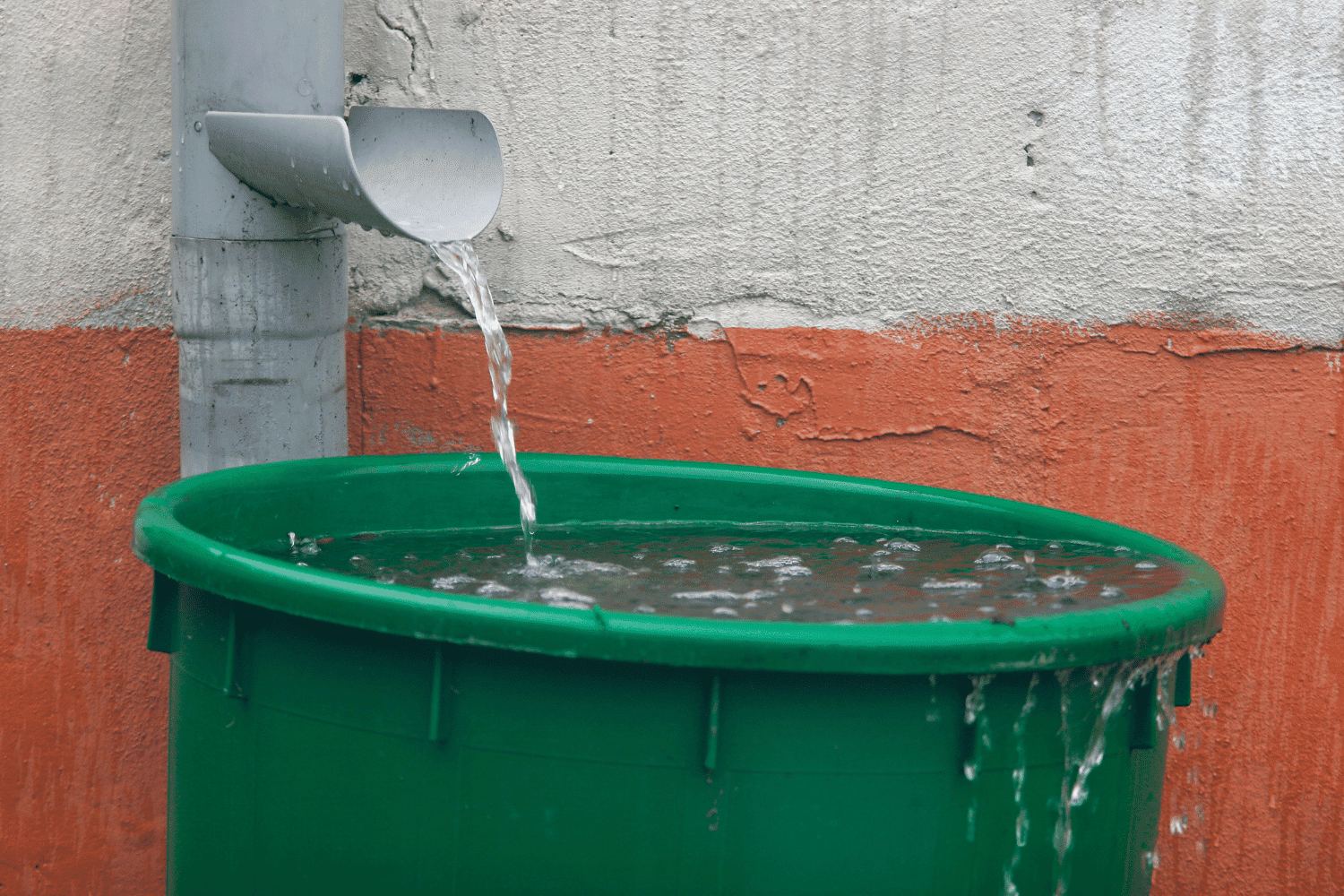
Even with the best installation and maintenance practices, issues can arise in your rain barrel system. Troubleshooting these problems quickly is key to maintaining an efficient system. Common issues include overflow, leaks, and managing water pressure. Addressing these promptly ensures your system remains effective and reliable.
Effective overflow management, fixing leaks and blockages, and maintaining optimal water pressure and flow rate are crucial aspects to consider. Understanding these common issues and knowing how to troubleshoot them ensures your rainwater harvesting system functions smoothly.
Addressing Overflow Problems
Overflow problems can be a significant concern in rainwater harvesting systems. Minimizing uncontrolled overflow is crucial for reducing the chances of damage to the collection system and surrounding areas. A rain barrel diverter helps by redirecting excess water away from the barrel when it reaches full capacity, preventing flooding and potential damage to your property.
To manage overflow effectively, ensure that the overflow port is properly installed and that the inflow rate does not exceed the system’s capacity. Additionally, using a second diverter to capture excess overflow from the first barrel can enhance the overall efficiency of your rainwater collection system. This setup ensures that any excess water will overflow through the diverter, preventing backup and maintaining a balanced system.
Fixing Leaks and Blockages
Leaks and blockages are common issues that can compromise the efficiency of your rainwater harvesting system. Leaks often occur when the caps covering the drains inside the diverter become loose over time. Regularly checking and tightening these caps can prevent leaks and ensure that the system remains watertight.
Blockages can occur due to debris buildup in the gutters or downspouts. Regular cleaning of the gutters and the diverter system is essential to prevent these blockages. Using leaf eaters and debris filters can also help keep debris out of the system, ensuring smooth water flow and reducing the risk of blockages.
Managing Water Pressure and Flow Rate
Managing water pressure and flow rate is crucial for the optimal functioning of your rain barrel system. An automatic overflow management system helps divert excess water away from the collection area, ensuring that the water pressure remains within the desired range. This prevents excess water from damaging the collection system and maintains optimal water pressure.
Ensuring efficient inflow and outflow is essential for maintaining a balanced system. Regular maintenance and adjustments to both inflow and outflow rates help optimize water pressure and ensure the rain barrel system functions effectively. By paying attention to these details, you can ensure that your rainwater harvesting system operates smoothly and efficiently.
Summary
Rain barrel diverters are a vital component of an efficient rainwater harvesting system. They help capture and store rainwater, reduce stormwater runoff, and promote water conservation. Understanding the types, benefits, and installation process of these diverters can help you set up a system that meets your needs and contributes to a sustainable lifestyle.
By following the guidelines provided in this ultimate guide, you can install and maintain a rain barrel system that maximizes water collection and minimizes potential issues. Whether you are a seasoned DIY enthusiast or new to rainwater harvesting, these insights will help you create a robust and efficient system. Embrace the power of rain barrel diverters and make every drop of rain count!
Frequently Asked Questions
What is a rain barrel diverter?
A rain barrel diverter is a device that captures rainwater from your roof and directs it into a storage barrel, automatically redirecting excess water to prevent flooding when the barrel is full. This system helps in efficiently managing rainwater runoff.
What tools and materials are needed for installing a rain barrel diverter?
To successfully install a rain barrel diverter, you’ll need a rain barrel, a downspout diverter kit, spigot, overflow hose, and waterproof caulking, along with tools like a drill, hole saw, pliers, screwdriver, and utility knife. Ensuring you have these materials and tools ready will streamline the installation process.
How do rain barrel diverters manage overflow?
Rain barrel diverters effectively manage overflow by automatically redirecting excess water back through the downspout when the barrel reaches capacity, safeguarding against overflow and damage.
What are the benefits of using rain barrel diverters?
Using rain barrel diverters offers substantial water conservation and cost savings on municipal water, while also preventing mosquito breeding and reducing stormwater runoff. These advantages make them an effective solution for sustainable water management.
How can I prevent leaks and blockages in my rain barrel system?
To prevent leaks and blockages in your rain barrel system, ensure you regularly check and tighten the caps on the drains and clean your gutters and diverter system. Using leaf eaters and debris filters will also help keep debris out effectively.





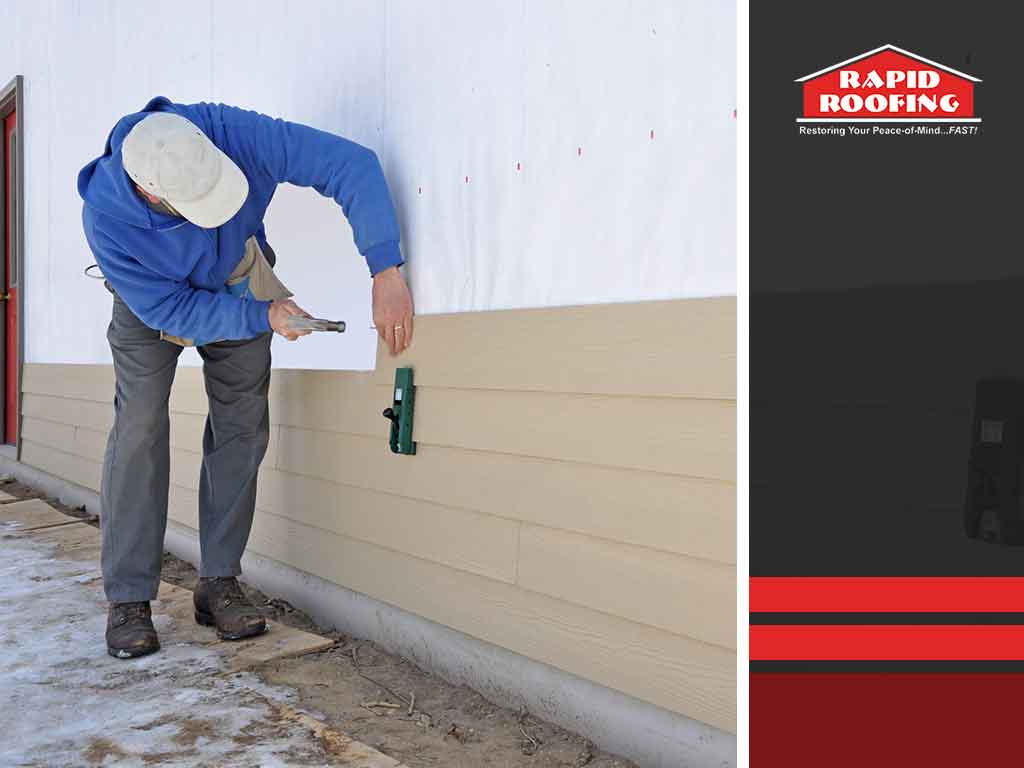
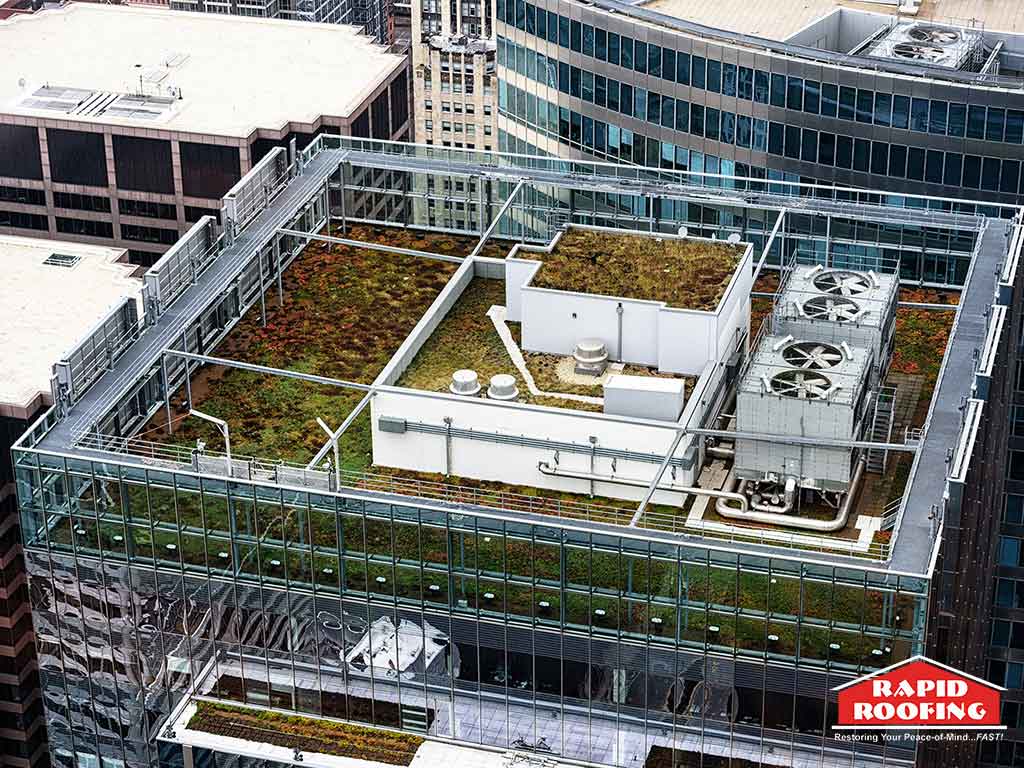

 Residential Roofing
Residential Roofing Storm Damage
Storm Damage Multi-Family Homes
Multi-Family Homes
